Table of Contents
Catastrophic Disaster
Wildfire can consider as a disastrous disaster rather than a flood or tornado. Because they can be predicted, and if they are aware, the disadvantages of these disasters can minimise. But these are not the case for fire. Trying to describe the flames with the words ‘overwhelming’ and ‘omnipotent’ may be tried. We never stop it, and the region it crosses, there is nothing left.
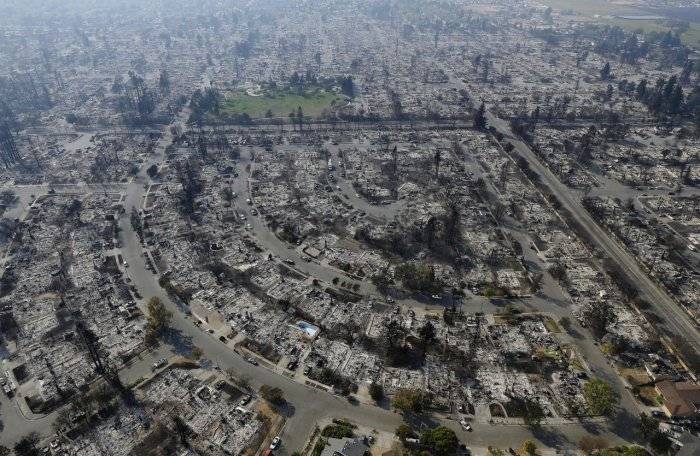
Some efforts were made to minimise the impact of fires. For example, where the light is moving, some plants and shrubs in the area are deliberately and systematically burned so that the flames do not go as far. Again, if fires suspect of spreading in the city, an attempt is made to reduce the severity of the light by throwing firefighters or fire retardant chemicals in its path. These chemicals react with plants or other fuels to reduce their inflammation.
However, due to the vast size and energy of the fire, these efforts are feeble and inefficient. This effort can slow down or not stop the burning of the fire. People have to wait helplessly when the disaster naturally stops. Many may think that the light may come to a stop on a river or a reservoir. This idea is not perfect, and the sun has a strange ability to obstruct a massive obstacle like a river!
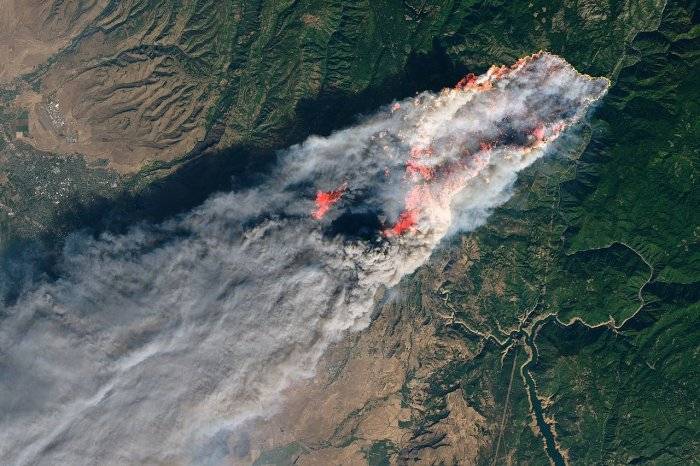
When there is intense fire on one side of the river, the air from there lightens up and rises upward. At the time of ascension, they carry various combustible materials, including ash, leaves, stalks, pieces of paper or anything else. When they fall on the other side of the river, new fires may begin there.
How Much We Know About Wildfires?
To minimise the extent of damage to any disaster, it is necessary to understand its nature. Over the past decade, several fires have occurred in large quantities in different countries of the world. Of these, the California fire that lasted from the mid-20s to the end was one of the most memorable disasters and one of the most massive wildfires in California history. In California that year, there were more than eight and a half bushfire cases, and eventually, they combined in several different sizes. As a result, the US government has had to fight the disaster for almost a whole year.
These fires spread over an area of about 3 square kilometres. About six people killed, and the casualties accounted for over $ 5.5 billion initially. How helpless are people to disaster in this age of sophisticated technology; Especially when disaster struck.
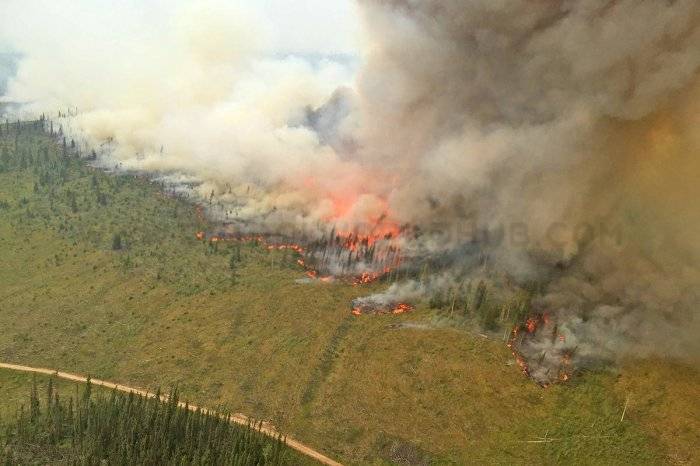
Such events have shaken the tone of the government and research institutions of different countries. Over the past decade, it is research and investment on fire has increased. At present, various public-private organisations are trying to create scientific models or software for light. At the same time, efforts made to integrate satellite technology and artificial intelligence with these models. A significant aspect of these models is that they can use to predict the fires, estimate the rate and direction of the spread when the lights begin, and foresee their stability and potential damage in advance. However, such a model will not be fully capable. Because, the information that must provide as input in this model is very variable, and any minor change can make the whole event flow to a different area.
Researcher
Researchers have learned about a few influencers while researching the environment for fire. For example, the presence of high temperatures, relatively low humidity, thunderstorms, droughts, and large amounts of old and dry forests for a long time increases the risk of burning in an area.
Again, once the fire made, it is difficult to predict where it will expand. There is no surety that it will always spread towards the wind, the opposite can also happen. Again, there is also a precedent for rapid-fire spreading without the presence of stormy winds.
The natural feature of a fire is that, when it is large, it creates an atmosphere around it so that the light can quickly spread around. For example, the heat generated by the combustion can increase the inflammation of substances in the surrounding environment, thus quickly catching fire.
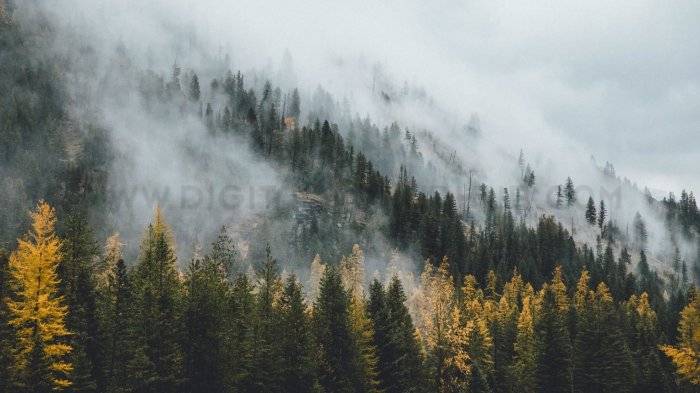
Again, the light where the fire is burning is lightening, that is, reducing the concentration and sending it upwards. Therefore, the air from the surrounding area is filling the void and carrying oxygen at the same time, which helps to keep the fire burning. Again this airflow is also helping to spread the fire. Thus, the process continues in a cycle, and the fire continues to grow.
Much research does on how the fire spread over an extensive range, as well as how small fires spread from one tree to another and how to prevent it. Naturally, it may seem that plants with green and shrubs are less combustible than older and dry plants. But in reality, some plants of pine and evergreen varieties serve as proper fuel, even when not thirsty. Because they have a special oil stored in their trunks, which in turn makes them more combustible, however, green plants can only play a role in the spread of fires, not the start of wildfires.
Global Warming
Global warming and climate change are also frequently contributing to the occurrence of fire. Even the slightest increase in temperature can play a role in the humidity and dryness of forests in different regions.
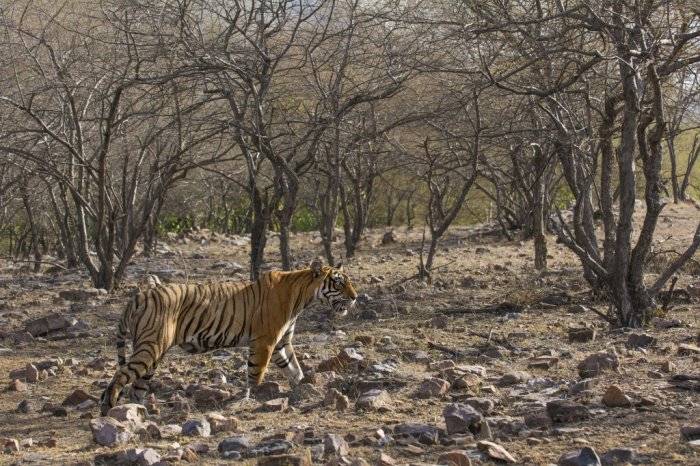
Besides, fires may spread faster in mountainous areas than in the plains. The search is underway for more influencers.

























